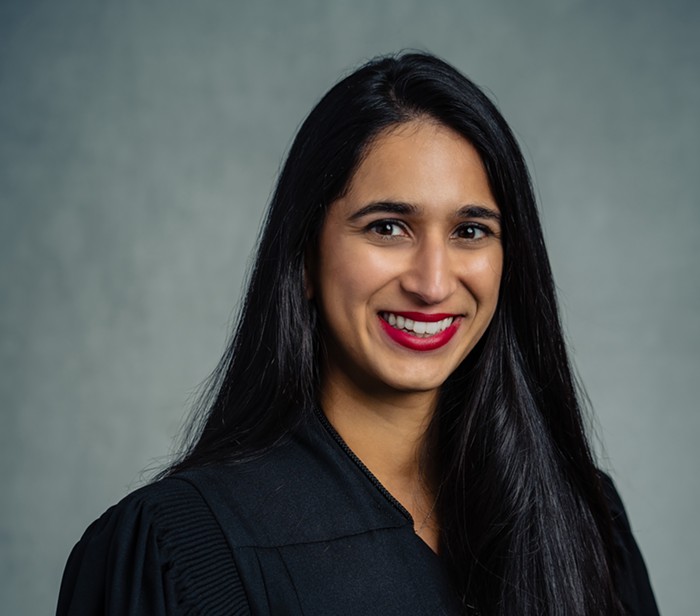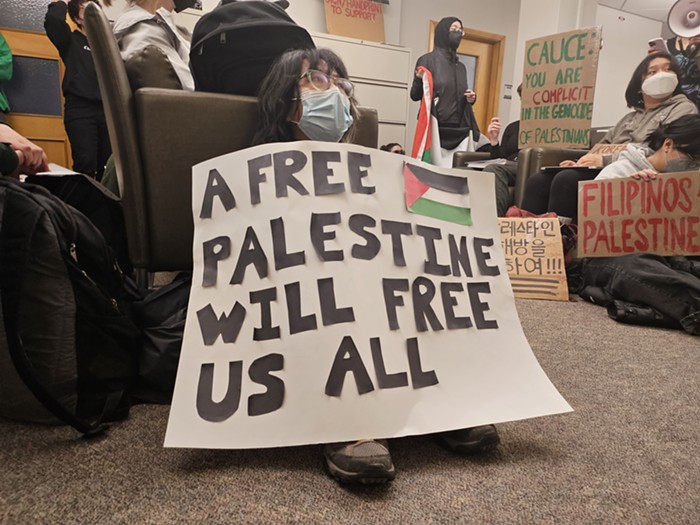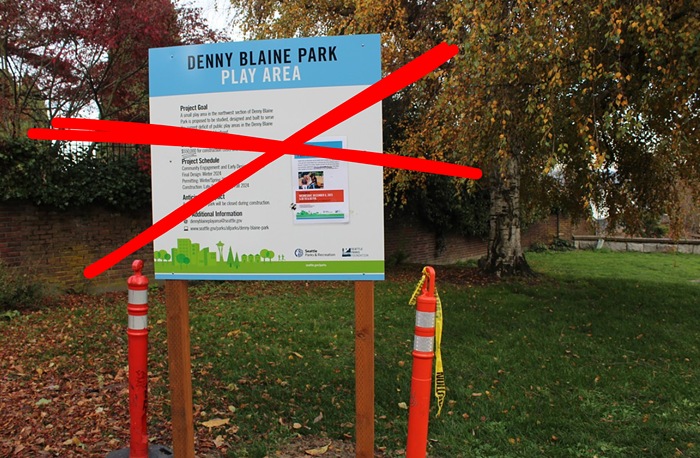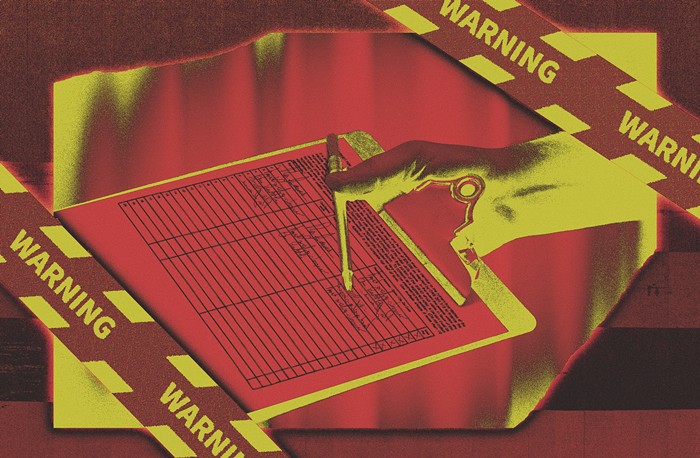While Seattle luxuriates in its viaduct fetish, the city council is about to choose their preferred replacement for another major transit corridor: the 520 bridge that spans Lake Washington from Montlake to Bellevue. The Washington State Department of Transit (WSDOT) makes the final call on which of the replacement designs to pursue, but the city council decision carries weight—and most members are still mum about which way they're leaning. The council votes on October 16 to endorse one of two options: a $2.8 billion six-lane base replacement and a more complex $3.1 billion Pacific Street Interchange option, which was originally proposed by a group of Montlake neighbors (a basic four-lane rebuild is also still in consideration as a backup plan). Each design has its plusses and minuses but, more importantly for local politicians, neighbors are divided.
In 1994, Montlake resident Jonathon Dubman attended a WSDOT open house on 520. He was "horrified" by their six-lane base option (still on the table), which builds nine lanes across Portage Bay and widens the freeway to 430 feet (the equivalent of 13 lanes) through where the current interchange squats in the middle of the Montlake neighborhood.
Dubman, 38, was no transit expert, but he commuted across the 520 bridge daily to Microsoft and was active in his Montlake community. "There's brilliant people living around here; let's just cook up a plan," he remembers thinking. Dubman used the Montlake Community Council to hold neighborhood discussions and soon roped in Rob Wilkinson, 55, who photographs architecture for textbooks. In February 2004, Dubman, Wilkinson, and a few other Montlakers launched Betterbridge.org to push WSDOT to rethink its plan in the eleventh hour of design.
To their surprise, WSDOT actually listened. Engineers nixed some of Montlake's ideas—goodbye suspension bridge—but incorporated other aspects into a plan christened the Pacific Street Interchange (PSI). The design moves the current messy 520 on-ramp/off-ramp westward from the middle of Montlake Boulevard to a 170-foot midair interchange over the natural-water area next to the arboretum. The bridge would also connect to Seattle at the Husky Stadium parking lot, where Sound Transit is planning a light-rail station.
In the last year, Dubman and Wilkinson have become Pacific Street Interchange addicts. Dubman left his job to advocate for PSI full-time. Wilkinson converted his backyard office into a self-proclaimed "war room," the centerpiece of which is a five-foot-long foam-core model (built with help from Wilkinson's 84-year-old mother-in-law) of the Pacific Street Interchange.
The strongest selling point of the PSI is its two HOV lanes (which the four-lane option lacks) and the direct link to the Husky Stadium Sound Transit hub (which the other six-lane option lacks). Rob Johnson, of green-transit think tank Transportation Choices Coalition, believes that although his group has yet to choose an official preference, the PSI will be "better in the long run in terms of transit... when you can make a direct transfer to a transit hub."
Despite the PSI's transit-friendly focus and grassroots upbringing, there are some obvious criticisms. At $3.1 billion, it's the most expensive option in a project that has so far secured only $500 million in funding. Although the six-lane base is only slightly cheaper, tax-sick Seattle might tip in its favor. There's also the environmental impact on the arboretum.
The most powerful group lined up against the Pacific Street Interchange option is the University of Washington, which cites both the financial impact on the school's athletic program as construction of the bridge shuts down the Husky Stadium parking lot and the need for UW to act as "a steward of the arboretum."
Activists in the neighborhoods surrounding Montlake also remain unenamored. Of the nine communities involved in the 520 advising process, seven oppose the PSI. They say it's too big (or, at one tense meeting, "on the scale of the Kingdome... an abomination!") and worry that 520's increased capacity might funnel more traffic into neighborhoods. Some neighborhood leaders are holding out for the back-burnered four-lane replacement or want WSDOT to conduct a (viaduct junkies prepare to groan) tunnel feasibility study.
"Better Bridge paints this rosy picture... but it looks like an Aurora Bridge going over the arboretum," says Broadmoor Homeowners Association representative Louis Hoffer, who is fighting for the tunnel study. 


















